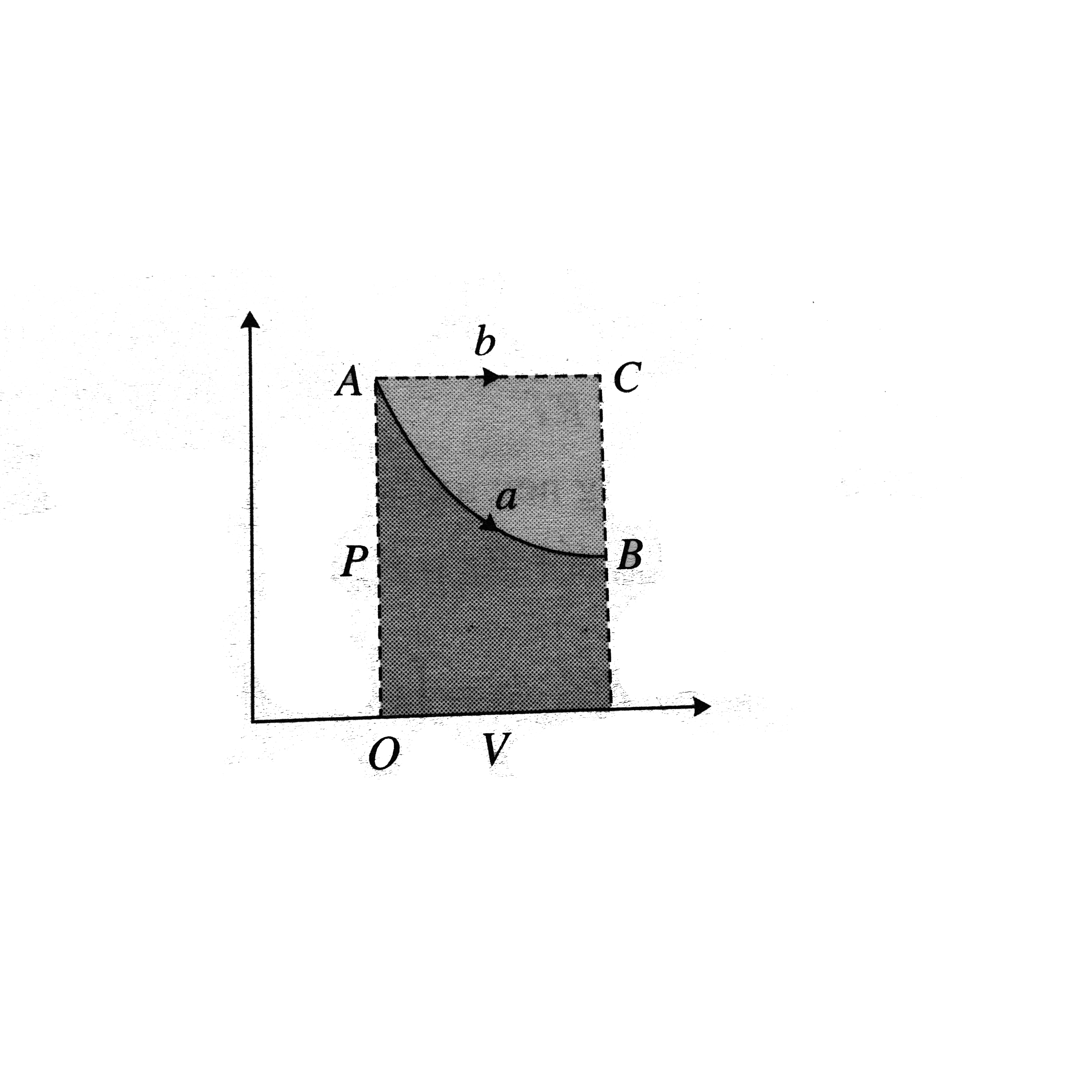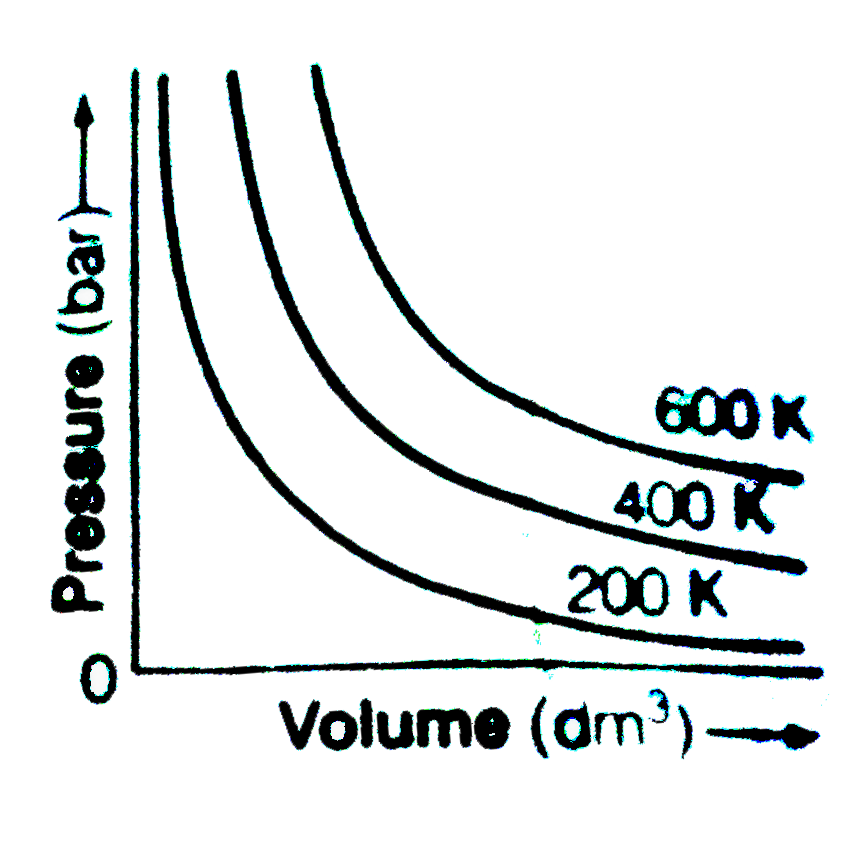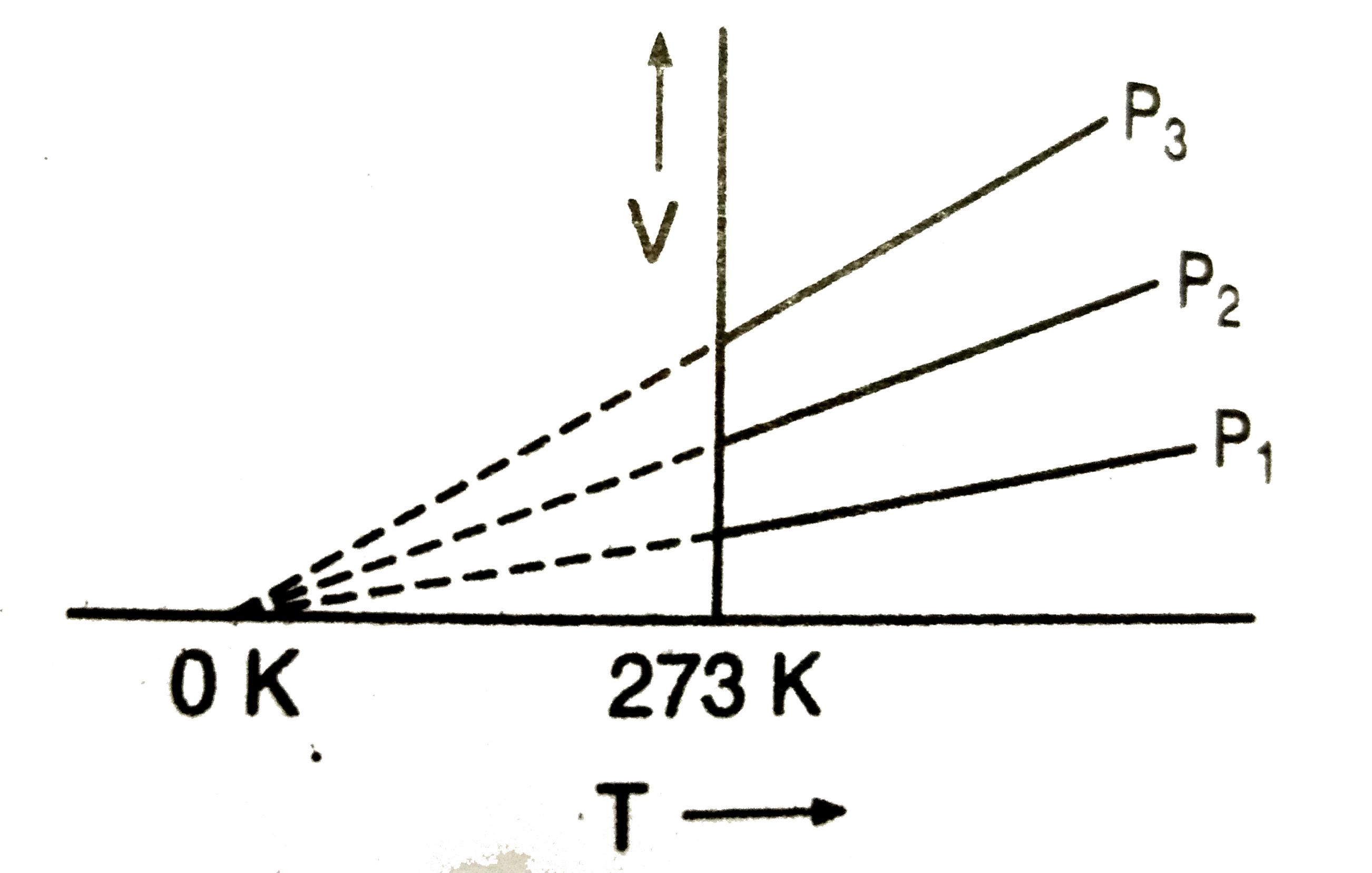15L of gas at STP is subjected to four different conditions of temperature and pressure as shown below. In which case the volume will remain unaffected?
273K, 2bar pressure
273∘C, 0.5atm pressure
546∘C, 1.5atm pressure
273∘C, 2atm pressure
To determine in which case the volume of the gas will remain unaffected when subjected to different conditions of temperature and pressure, we can use the combined gas law, which states:
P1V1T1=P2V2T2
Where:
- P1 and P2 are the initial and final pressures,
- V1 and V2 are the initial and final volumes,
- T1 and T2 are the initial and final temperatures in Kelvin.
Given that the initial conditions are at STP (Standard Temperature and Pressure):
- P1=1 atm
- T1=273 K
- V1=15 L
We need to check four different conditions to see if the volume V2 remains equal to V1 (15 L). This will happen when:
P1T1=P2T2
1. Convert Pressure Units: Convert the given pressures from bar to atm if necessary (1 bar = 0.98692 atm).
2. Condition 1:
- P2=2 bar = 2×0.98692 atm = 1.97384 atm
- T2=273 K
- Check:
1273≠1.97384273(Volume changes)
3. Condition 2:
- P2=0.5 bar = 0.5×0.98692 atm = 0.49346 atm
- T2=273+273=546 K
- Check:
1273≠0.49346546(Volume changes)
4. Condition 3:
- P2=1.5 bar = 1.5×0.98692 atm = 1.48038 atm
- T2=273+273=546 K
- Check:
1273≠1.48038546(Volume changes)
5. Condition 4:
- P2=2 bar = 2×0.98692 atm = 1.97384 atm
- T2=273+273=546 K
- Check:
1273=1.97384546(Volume remains the same)
Conclusion:
The volume will remain unaffected in the fourth condition.
- P1 and P2 are the initial and final pressures,
- V1 and V2 are the initial and final volumes,
- T1 and T2 are the initial and final temperatures in Kelvin.
- P1=1 atm
- T1=273 K
- V1=15 L
- P2=2 bar = 2×0.98692 atm = 1.97384 atm
- T2=273 K
- Check:
1273≠1.97384273(Volume changes)
- P2=0.5 bar = 0.5×0.98692 atm = 0.49346 atm
- T2=273+273=546 K
- Check:
1273≠0.49346546(Volume changes)
- P2=1.5 bar = 1.5×0.98692 atm = 1.48038 atm
- T2=273+273=546 K
- Check:
1273≠1.48038546(Volume changes)
- P2=2 bar = 2×0.98692 atm = 1.97384 atm
- T2=273+273=546 K
- Check:
1273=1.97384546(Volume remains the same)
The volume will remain unaffected in the fourth condition.
Topper's Solved these Questions
- STATES OF MATTERBOOK - CENGAGE CHEMISTRY ENGLISHCHAPTER - STATES OF MATTEREXERCISE - Exercises (Assertion-Reasoning)
24 Videos
- STATES OF MATTERBOOK - CENGAGE CHEMISTRY ENGLISHCHAPTER - STATES OF MATTEREXERCISE - Exercises (Integer)
10 Videos
- STATES OF MATTERBOOK - CENGAGE CHEMISTRY ENGLISHCHAPTER - STATES OF MATTEREXERCISE - Exercises (Multiple Correcttype)
32 Videos
- SOME BASIC CONCEPTS AND MOLE CONCEPTBOOK - CENGAGE CHEMISTRY ENGLISHCHAPTER - SOME BASIC CONCEPTS AND MOLE CONCEPTEXERCISE - Archives Subjective
11 Videos
- STOICHIOMETRYBOOK - CENGAGE CHEMISTRY ENGLISHCHAPTER - STOICHIOMETRYEXERCISE - Archives Subjective
33 Videos
Similar Questions
The volumes of gases A, B, C and D are in the ratio, 1:2:2:4 under the same conditions of temperature and pressure.
If this ratio of gas volumes refers to the reactants and products of a reaction, which gas law is being observed?
View SolutionIn a process, the pressure of a gas remains constant. If the temperature is doubles, then the change in the volume will be.
View Solution
Knowledge Check
For a real gas , the compressibility factor Z has different values at different temperatures and pressures . Which of the following is not correct under the given conditions ?
AZ < 1 at very low pressure .BZ > 1 at high pressure .CZ = 1 under all conditions .DZ = 1 at intermediate pressurePressure remaining constant, at what temperature the volume of a gas will be double of its volume at 0∘C ?
A100∘CB546∘CC273KD546K
The volumes of gases A, B, C and D are in the ratio, 1:2:2:4 under the same conditions of temperature and pressure.
If the temperature and the pressure of gas A are kept constant, then what will happen to its volume when the number of molecules is doubled?
View SolutionA quantity of gas occupies an initial volume V0 at pressure p0 and temperature T0. It expands to a volume V (a) constant temperature and (b) constant pressure. In which case does the gas do more work ?

View SolutionThe variation of pressure with volume of the gas at different temperatures can be graphically represented as shown in figure. On the basis of this graph answer the following question.
(i) How will the volume of a gas change if its pressure is increased at constant temperature ?
(ii) At a constant pressure, how will the volume of a gas change if the temperature is increased from 200 K to 400 K ?

View Solution10 g of a gas at NTP occupies a volume of 2 litres. At what temperature will the volume be double, pressure and amount of the gas remaining same?
View SolutionThe volume-temperature graphs of a given mass of an ideal gas at constant pressure are shown below. What is the correct order of pressure ?

View Solution4.48L of an ideal gas at STP requires 12 cal to raise its temperature by 15∘C at constant volume. The CP of the gas is
View Solution
